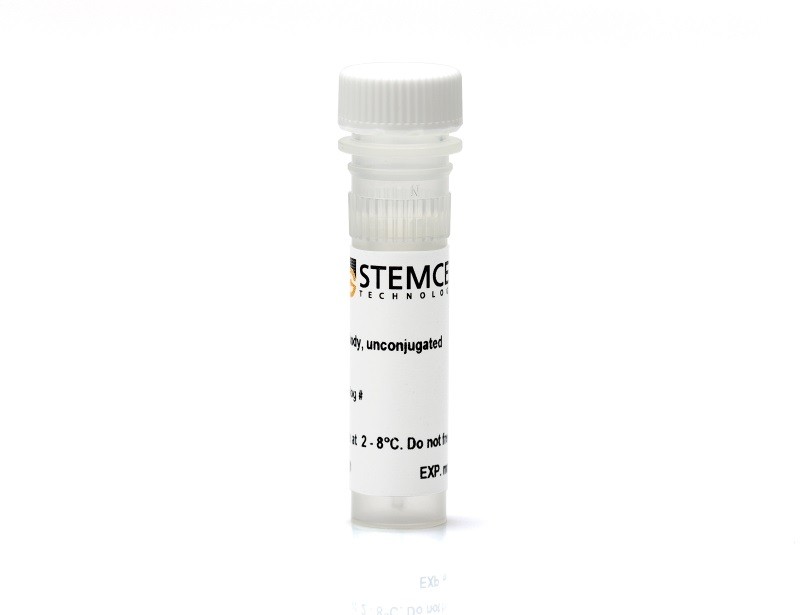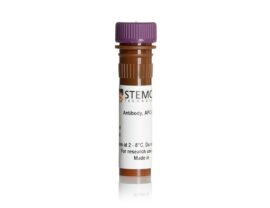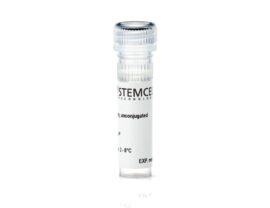

Overview
The RM4-5 antibody reacts with mouse CD4, an ~55 kDa single-chain type 1 transmembrane glycoprotein and member of the immunoglobulin (Ig) superfamily; CD4 contains four extracellular Ig-like domains. CD4 is expressed at relatively high levels by most thymocytes and a subpopulation of T cells (T helper/inducer cells), and at lower levels on dendritic cells. In the mouse, CD4 is not expressed by monocytes/macrophages. CD4 binds to a non-polymorphic region of MHC II and acts as a co-receptor to the T cell receptor (TCR) in MHC II-restricted antigen recognition by enhancing the avidity of the association between the TCR and MHC II-antigen complex. CD4 also functions to amplify signals from the TCR to the cytoplasm through the interaction of its intracellular domain with cytoplasmic tyrosine kinases such as Lck. Binding of the RM4-5 antibody to CD4 inhibits ligand binding in vitro; binding of the RM4-5 antibody can be blocked by the clone GK1.5 antibody.
This antibody clone has been verified for purity assessments of cells isolated with EasySep™ kits, including EasySep™ Mouse CD4+ T Cell Isolation Kit and EasySep™ Mouse CD25 Regulatory T Cell Positive Selection Kit.
Subtype: Primary Antibodies
Target Antigen: CD4
Alternative Names: L3T4, T4
Reactive Species: Mouse
Conjugation: Alexa Fluor 488; APC; Biotin; FITC; PE; PerCP-Cyanine5.5; Unconjugated
Host Species: Rat
Cell Type: T Cells; T Cells, Regulatory; T Cells, CD4+
Application: CyTOF; Cell Isolation; Flow Cytometry; Functional Assay; Immunocytochemistry; Immunofluorescence; Immunohistochemistry; Immunoprecipitation; Western Blotting
Area of Interest: Immunology
Clone: RM4-5
Gene ID: 12504
Isotype: IgG2a, kappa









